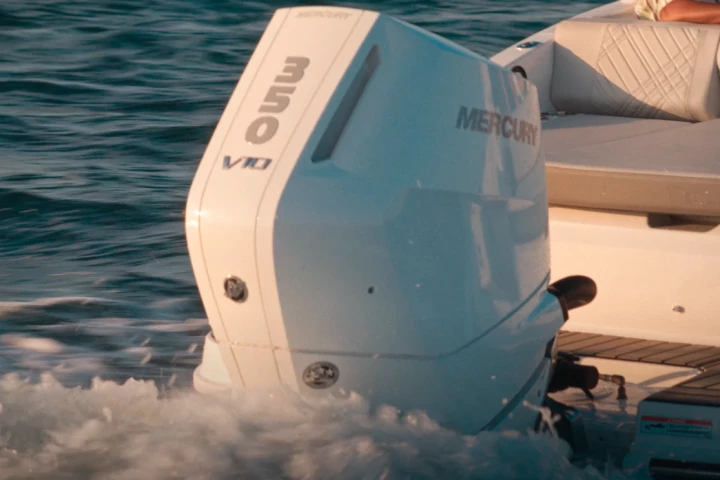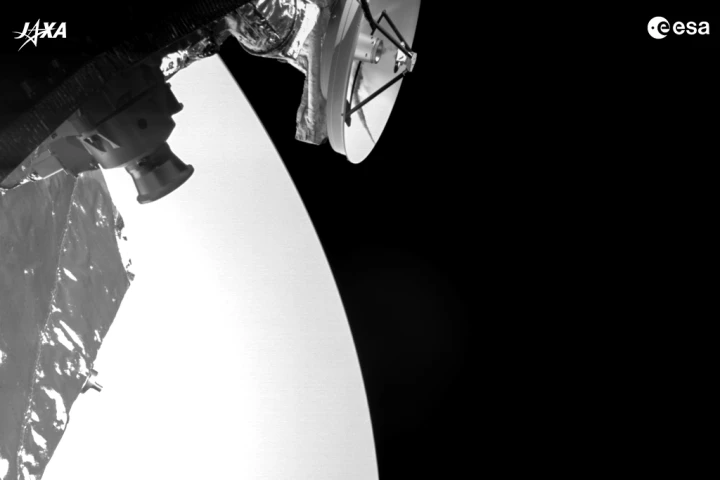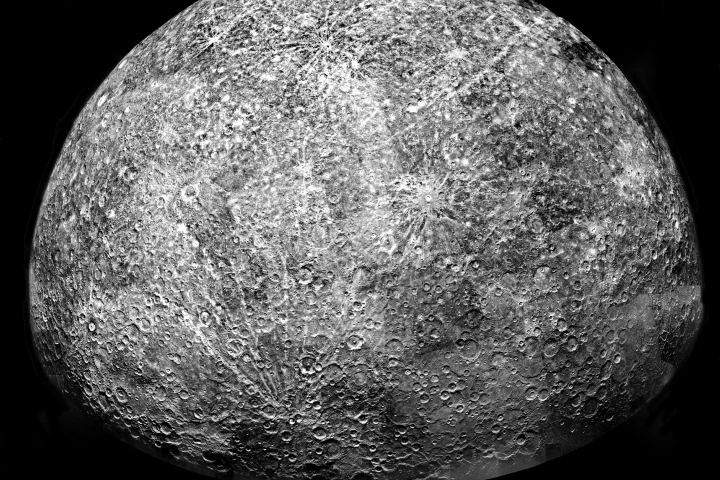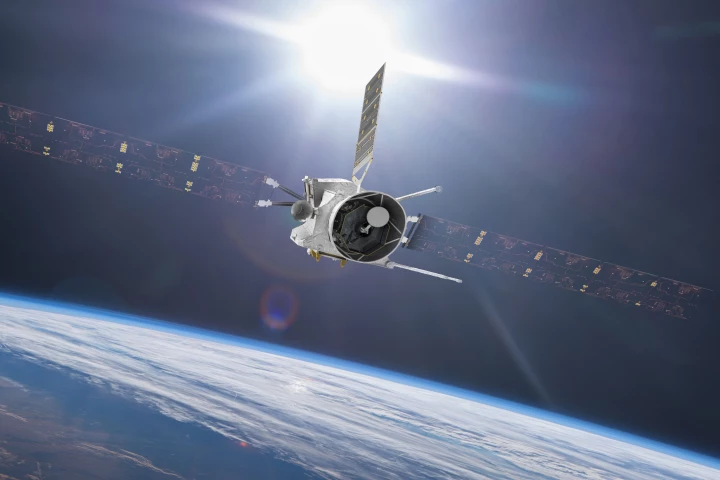Mercury
-
While auto engines shrink, marine outboards are packing on cylinders. A year after introducing "world's first V12 outboard," Mercury followed up with what it called the industry's first V10. Now it's updating the V10 lineup with a new flagship.
-
Methylmercury is an extremely toxic compound, and unfortunately it's often present in the fish that we eat. Scientists are now developing a method of removing it from the environment, utilizing engineered fish and flies that take up the compound and neutralize it.
-
It may sound like finding a ski resort in the Amazon, but a team of scientists from the Planetary Science Institute claim to have found evidence that the super-hot planet Mercury has subterranean salt glaciers at its north polar region.
-
Mercury can be quite harmful in large amounts, and detecting its presence in foods or liquids typically requires lab-based tests. A new nanosensor, however, can quickly detect even small levels of the heavy metal onsite, simply by tapping on samples.
-
Nearly three years after lifting off from French Guiana, the BepiColombo space probe has now set its sights on Mercury for the first time, completing a "flawless" flyby over the weekend and collecting its first images.
-
The BepiColombo orbiter probe passed within 552 km (343 miles) of Venus as it completed one of nine flybys on its way to Mercury. Shortly after the encounter, the ESA/JAXA mission snapped a picture of Venus at a distance of 1,573 km (977 miles).
-
Mercury’s disproportionately massive core may be the result of the Sun’s powerful magnetic influence rather than the consequence of a cataclysmic collision with another body in the ancient past, according to the results of a new study.
-
The Greenland Ice Sheet is associated with a range of environmental issues, but now researchers have discovered a surprising new problem. Glacial meltwater was found to be unexpectedly high in mercury, which could end up in ecosystems and seafood.
-
The joint ESA-JAXA BepiColombo probe has successfully completed the first of two scheduled flybys of Venus, gathering data about the planet's dense carbon dioxide atmosphere as it came to within 10,720 km its surface.
-
ESA has released "sonifications" of the telemetry sent back by the BepiColombo Mercury probe during its April 20, 2020 flyby of Earth. The five audio recordings were captured by two instruments installed on one of the two linked orbiters.
-
The BepiColombo deep-space probe has successfully made its flyby of Earth on its journey to explore the planet Mercury. On April 10, the joint ESA/JAXA mission passed within 12,700 km of the Earth's surface as it carried out a slingshot maneuver.
-
This week Earth will be visited by a spacecraft that has traveled 1.4 billion km to get here. But no, it’s not aliens – it’s BepiColombo, just slingshotting around our planet for a gravitational speed boost on its roundabout journey to Mercury.
Load More











